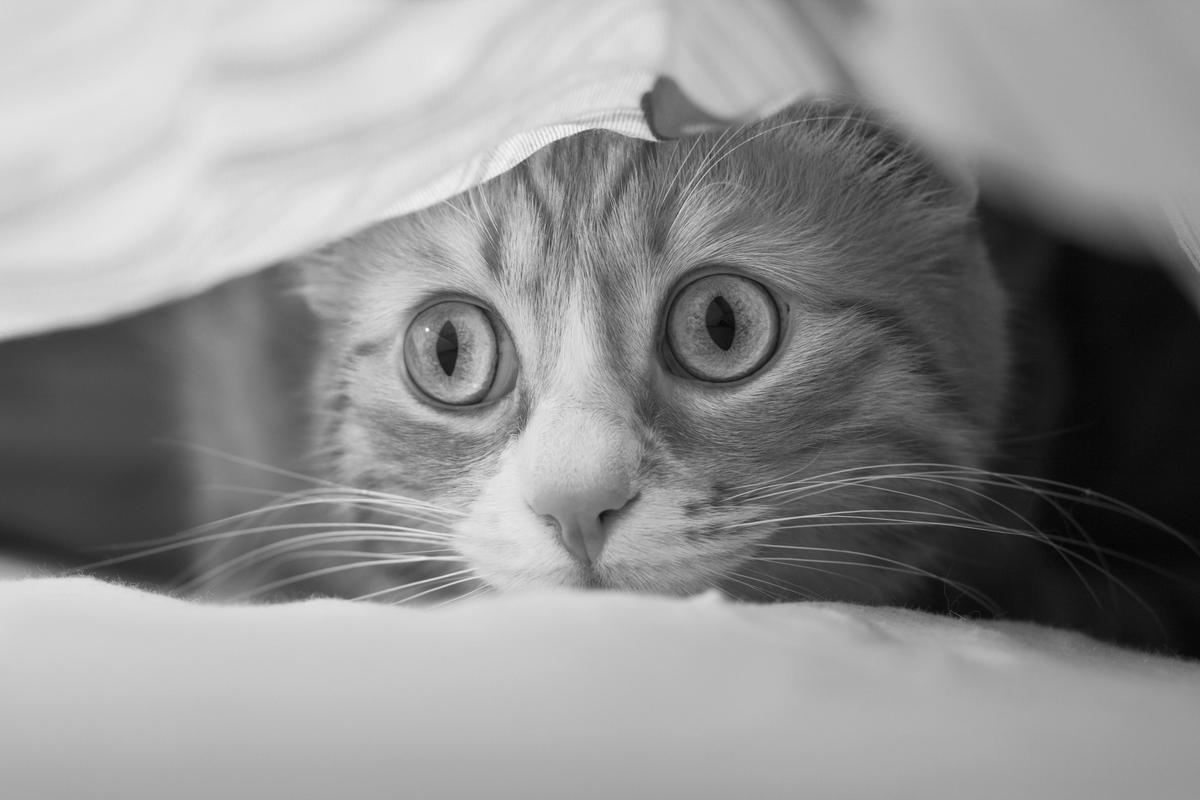Urinary tract disease in cats
- posted: Apr. 27, 2016
Urinary tract disease in cats
Urinating outside the litter box is one of the most common challenges cat owners face. Inappropriate urination can fall into 2 broad categories – medical and behavioural. Today’s blog post will discuss medical causes and I will address behavioural causes in the next post. Distinguishing these 2 possibilities requires some detective work. We start with asking the owner questions about the behavior to further characterize it. Urinary tract signs may include straining to urinate, urinating small amounts or passing no urine at all, vocalizing with urination, blood in the urine and/or urinating outside the box.
The next step involves a complete physical exam and in particular, an assessment of the bladder. Is small? large? comfortable? painful? Male cats are particularly pre-disposed to urinary tract obstruction. This is a life-threatening emergency where the urethra (the tube from the bladder to the outside) is blocked and urine is not able to pass. This causes the bladder to overfill, become painful and ultimately rupture if the obstruction is not relieved. If the bladder is noted to be large, hard and painful on exam, we will recommend hospitalizing your pet to relieve the urinary tract obstruction.
Cats can also present with a small, empty bladder that is painful. In all cases of urinary tract disease, a urine sample is obtained to run tests that help us to determine your cat’s underlying medical problem. The urine tests may reveal the presence of protein, bacteria, blood, white blood cells or crystals which will be interpreted to obtain a diagnosis.
The most common medical causes for urinary disease in cats include idiopathic cystitis, bacterial urinary tract infection and bladder stones. Idiopathic cystitis is a syndrome most often triggered by a stressful event in your cat’s life. This could include owners going away on vacation, new guests or pets in household or new loud noises (eg construction). Anxious cats tend to be pre-disposed. This condition is treated with pain medications to address the bladder discomfort and also by alleviating any stressors in your cat’s environment. Urinary tract infections are treated with antibiotics to eliminate the bacteria residing in the bladder. Bladder stones are diagnosed by x-ray and can be treated with either a special diet to dissolve the stones or surgery to remove the stones depending on their composition. If your cat develops urinary tract problems, we will recommend a diet designed to help better control the condition.
If your cat is urinating outside the box and the physical examination and urine tests are normal, it is more likely a behavioural issue. Stay tuned for my next blog post to find out what can be done for behavioural inappropriate urination. Give us a call if your cat is having urinary issues so we can get them feeling better!
Dr John Booth

Location
Find us on the map
Office Hours
8:00 am - 9:00 pm
8:00 am - 9:00 pm
8:00 am - 9:00 pm
8:00 am - 9:00 pm
8:00 am - 9:00 pm
9:00 am - 5:00 pm
Closed

